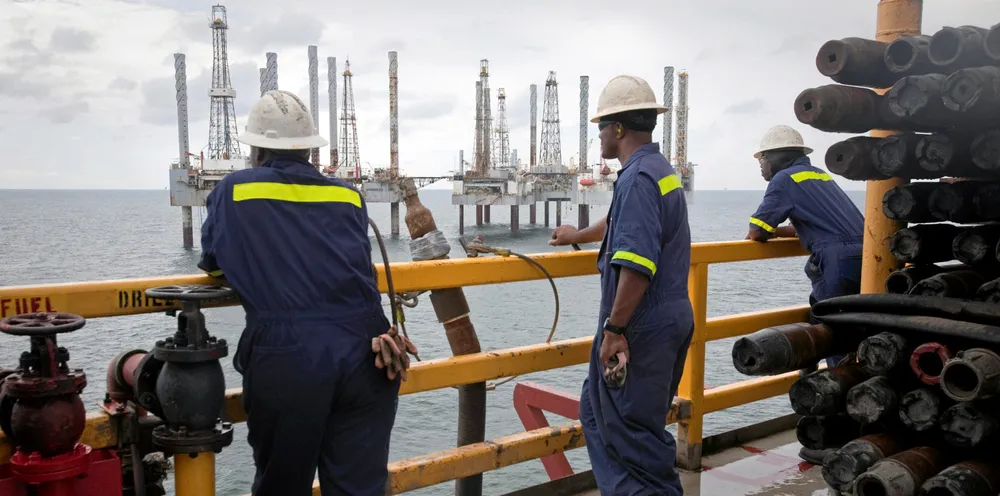'Not pie the sky': Louisiana calls on US Feds to help plan big offshore wind build-out
State governor says economic development and emissions reduction together make strong case for sea-based wind in US Gulf

Louisiana has asked the US government to help it “build a blueprint” for offshore wind development in the Gulf of Mexico as part of initiatives by the state to address climate change and drive economic growth, said state governor Jon Bel Edwards.
Green is the new black. Subscribe to Accelerate
Get the market insight you need into the global oil & gas industry's energy transition – from the new newsletter from Upstream and Recharge. Sign up here
“This is not some ‘pie in the sky’ promise of economic opportunity,” he said, noting the sector’s emergence elsewhere and the key role played by Louisianan offshore oil & gas contractors in helping launch US involvement in the sector in 2016 with the five-turbine, 30MW Block Island project off Rhode Island.
Edwards said his request for the Bureau of Ocean Energy Management (BOEM), the federal industry regulatory agency, to help Louisiana establish an inter-governmental task force will create a “business path” for future installation of wind farms off its coast.
“Renewable energy like offshore wind can help the state cut its emissions and do its part in avoiding the worst impacts of climate change,” said Harry Vorhoff, deputy director of the governor’s Office of Coastal Activities.
Most Atlantic states, California, Hawaii, and Oregon have formed task forces that have played essential roles in identifying potential areas in federal waters there that may be suitable to lease for commercial offshore wind energy development.
They also serve as a forum to discuss stakeholder issues and concerns; exchange data and information about biological and physical resources, ocean uses and priorities, and facilitate early and continual dialogue and collaboration opportunities.
Earlier this year, Edwards created a Climate Initiatives Task Force and called for Louisiana to cut its greenhouse gas (GHG) emissions 40% to 50% by 2030 on the way to achieving net zero by 2050.
Louisiana is among the US states most impacted thus far by global warming with increased severity of weather events such as hurricanes and greater coastal erosion from rising sea levels.
NREL uses so-called resource filters to arrive at technical potential for commercial development. Those for offshore wind include a water depth limit of 1,000 metres, wind speeds greater than 7 metres/second, and exclusion of certain areas in both state and federal waters because of environmental and potential user conflict reasons.
“The plans are still in the early phase, but the Gulf Coast has a number advantages including a long and populated coast line with energy intensive industries, as well as a strong offshore supply chain developed for oil & gas that could be repurposed for offshore wind,” said Clarksons Platou head of energy Turner Holm in a research note.
NREL noted challenges include hurricane exposure, lower winds and softer soils that will require offshore wind technology be adapted to both survive these conditions, but also to show cost competitiveness in regional electric markets.
Joe Kelliher, a former Federal Energy Regulatory Commission chair and until recently, a senior executive at global renewables pacesetter NextEra Energy, estimated that US offshore wind presently is four times as expensive as “good” onshore wind and twice as costly as poor onshore wind.
According to its modelling, NREL estimated that a single 600MW wind farm in the Gulf of Mexico would create 4,400 jobs and $445m in economic output during the construction phase. Operations would contribute 150 new permanent jobs, along with an estimated $14m in annual spending.
For the Block Island project, Louisiana firms Gulf Island Fabrication built foundation jackets, Keystone Engineering provided design services, and Aries Marine and Falcon Global were involved with liftboat operations.
(Copyright)